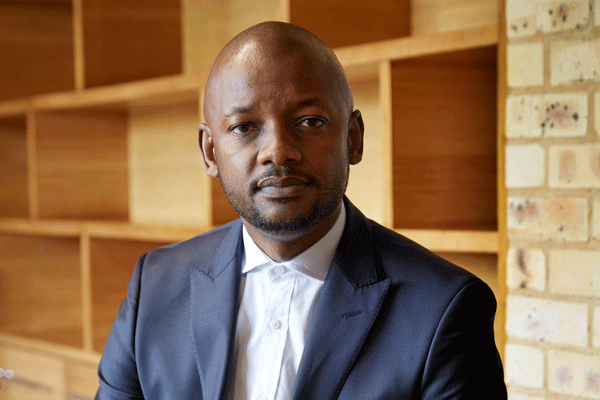The total estimated funding requirements to sustain the South African road network, including addressing backlogs in surfacing and capacity expansion, is R116.1-billion.

Funding road infrastructure is an issue worldwide. There are more arguments about which funding mechanism should be used than there is money. And there are many mechanisms.
In Australia there is a fuel tax, a vehicle sales tax, a road user charge, vehicle registration fees and stamp duties. In Brazil there is a tax on the import and sale of oil products.
In France there is no special tax, while next door, in Germany, there is. But they share a common denominator – public-private partnerships.
They all have one approach: private money must see a return on investment – and thus tolls are raised. And this is not universally well received. All of this is true in South Africa, too.
There are many demands on our fiscus, not enough state funding, some reliance on the private sector, resistance to tolling and yet there is a huge demand for more and better roads.
Questions must be asked about the most suitable funding model for road infrastructure.
The fuel levy alone is insufficient. The future contribution of the fuel levy to the Central Revenue Fund is uncertain, with the projected electric car take-off in 2022 and established vehicle efficiency technologies.
In less than five years, electric cars will cost the same as their internal combustion counterparts and that’s the point of lift-off for sales.
Funding models
The total estimated funding requirements to sustain the South African road network, including addressing backlogs in surfacing and capacity expansion is R116.1-billion.
The current allocation for the road network is R52-billion. What can we afford and how do we prioritise?
So, a conversation has started on funding models. Yet, an example exists that is similar enough, yet different enough, to warrant our attention.
It has several advantages: it ensures quality, mitigates corruption and takes some of the funding burden off the state’s shoulders. It happens in Colombia, which not only has some of the worst roads in South America, but also not enough.
To get around the problem, it launched the National Development Finance Corporation (FDN) in 2013.
What makes it different from other such corporations is that it funds, at most, 25% of any project. The implication is clear: the rest of the project must be packaged in such a way that private investors would find it attractive enough.
Attractive in many ways: its shareholding, for example, is held by the Colombian state, but also by private, albeit foreign banks, as well as international and regional development institutions.
And they are all represented on the board, which has to approve all tenders. This makes it very difficult and unlikely that there will be any corruption in a tender.
This is important, as graft is quite common in infrastructure projects across the world. To know in advance that it is unlikely to occur is a huge advantage.
The project also has to offer acceptable risks and returns to interest private investors. The result is that pie-in-the-sky-projects, or those beloved by politicians but of no immediate value to the economy or nearby communities, will not see the light of day.
Almost by definition this means that if the FDN is involved, there is an acceptance that it will be a high-quality project.
Central to all of this that private investors won’t go near to such a state project if there is not some guarantee that the funds invested will supply a return comparable or better than the open market could have done.
The only way to do this is for users of the infrastructure, partly funded by the private sector, to continuously pay when they use the supplied facility – in this case a road.
In plain English, these roads have to be tolled and the toll must be paid. In addition, there must be an undertaking that where tolls are not paid, the state will make up for losses through a subsidy.
The advantages of the Colombian approach are enormous: less chance of corruption, a guarantee of necessity and quality, users pay for the use of the infrastructure and there is political will to ensure that the payment occurs.
This is an opinion piece by Vusi Mona, SANRAL’s General Manager: Communications.


